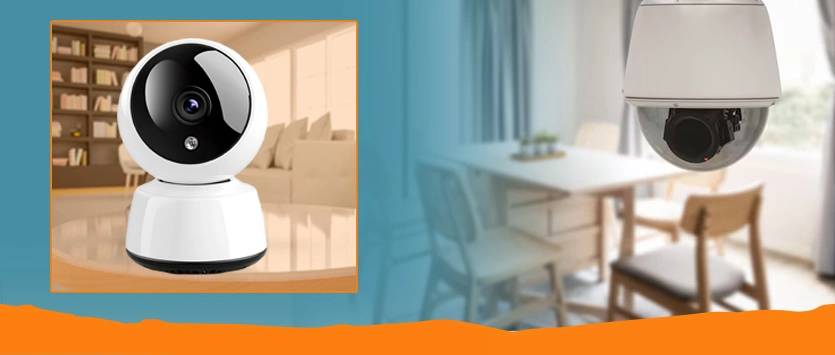1. Understand Your Security Requirements
Before diving into specifications and brands, it’s essential to assess your security needs. Ask yourself:
Do you need indoor or outdoor surveillance?
Will the camera be used for day or night monitoring?
Do you require real-time alerts or recorded footage?
Understanding your specific requirements will help narrow down the choices and ensure you invest in the right device.
2. Resolution and Video Quality
High-quality class video is vital for figuring out info like faces, license plates, or sports. Most current WiFi cameras provide resolutions starting from 720p to 4K. While 1080p is sufficient for well-known use, choosing better resolutions like 2K or 4K can be useful for larger regions or where extra detail is wanted.

3. Field of View (FoV)
The camera’s field of view determines how lots vicinity it can cover. A wider FoV (e.g., 120° or extra) is good for open spaces, while a narrower FoV works properly for centered tracking of particular spots. Ensure the digital camera’s insurance aligns together with your surveillance requirements.
4. Night Vision and Low-Light Performance
For 24/7 security, a camera with robust night vision capabilities is essential. Look for features like infrared (IR) LEDs or color night vision to ensure clear footage even in complete darkness. Check the camera’s night vision range to ensure it covers the desired area.
5. Connectivity and Storage Options
WiFi cameras rely on stable internet connections to function effectively. Ensure your network can support the camera’s bandwidth requirements. Additionally, consider storage options—cloud storage, local storage via SD cards, or network-attached storage (NAS). Each option has its advantages; cloud storage allows remote access, while local storage ensures privacy.
6. Smart Features and Integrations
Modern WiFi cameras come with superior capabilities like motion detection, two-way audio, and AI-powered facial reputation. Cameras that integrate with smart domestic systems like Amazon Alexa, Google Assistant, or Apple HomeKit provide added convenience, allowing voice commands and automation.
7. Power Source
WiFi cameras can be wired or battery-powered. Wired cameras offer uninterrupted power but may require professional installation. Battery-powered cameras are easy to install and more flexible in placement, but they need periodic recharging or battery replacement.
8. Weather Resistance
For outdoor use, ensure the digicam is weatherproof and can face up to severe conditions. Look for an IP65 or higher score, indicating resistance to dirt and water.
9. Budget and Brand Reliability
While budget is a significant factor, avoid compromising on essential features. Research reputable brands are known for quality, customer support, and reliable performance. see reviews and user feedback can provide valuable insights.
Endnote:
Choosing the Right WiFi camera requires a balance between your safety needs, budget, and preferred capabilities. By considering factors like resolution, connectivity, night imaginative and prescient, and smart integrations, you could choose a digital camera that gives peace of mind and complements your safety setup.
At AS ITSS, we offer an extensive variety of outstanding WiFi cameras to match various safety needs. Whether you need cameras for your own home or business, our crew can help you make the best choice. Contact us today to learn more and secure your private home with self-assurance.